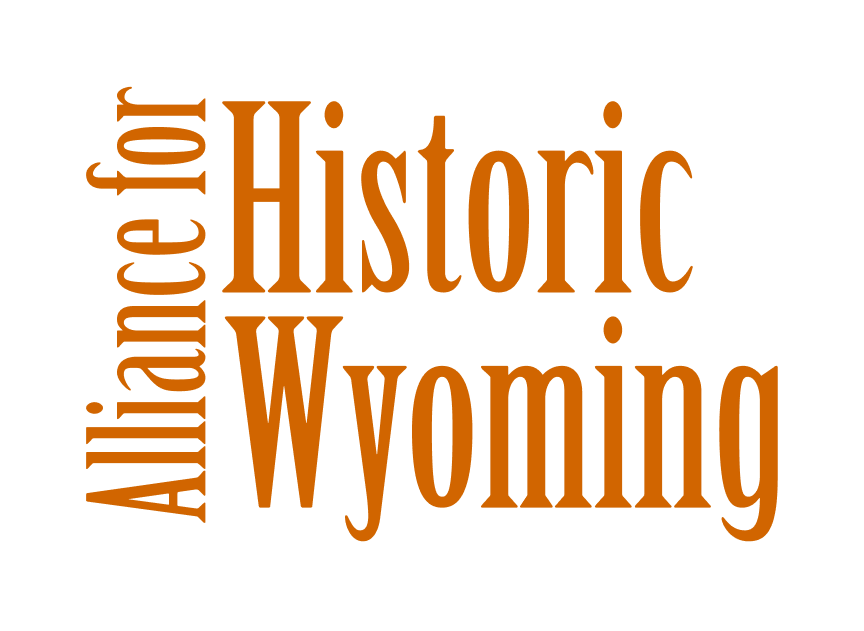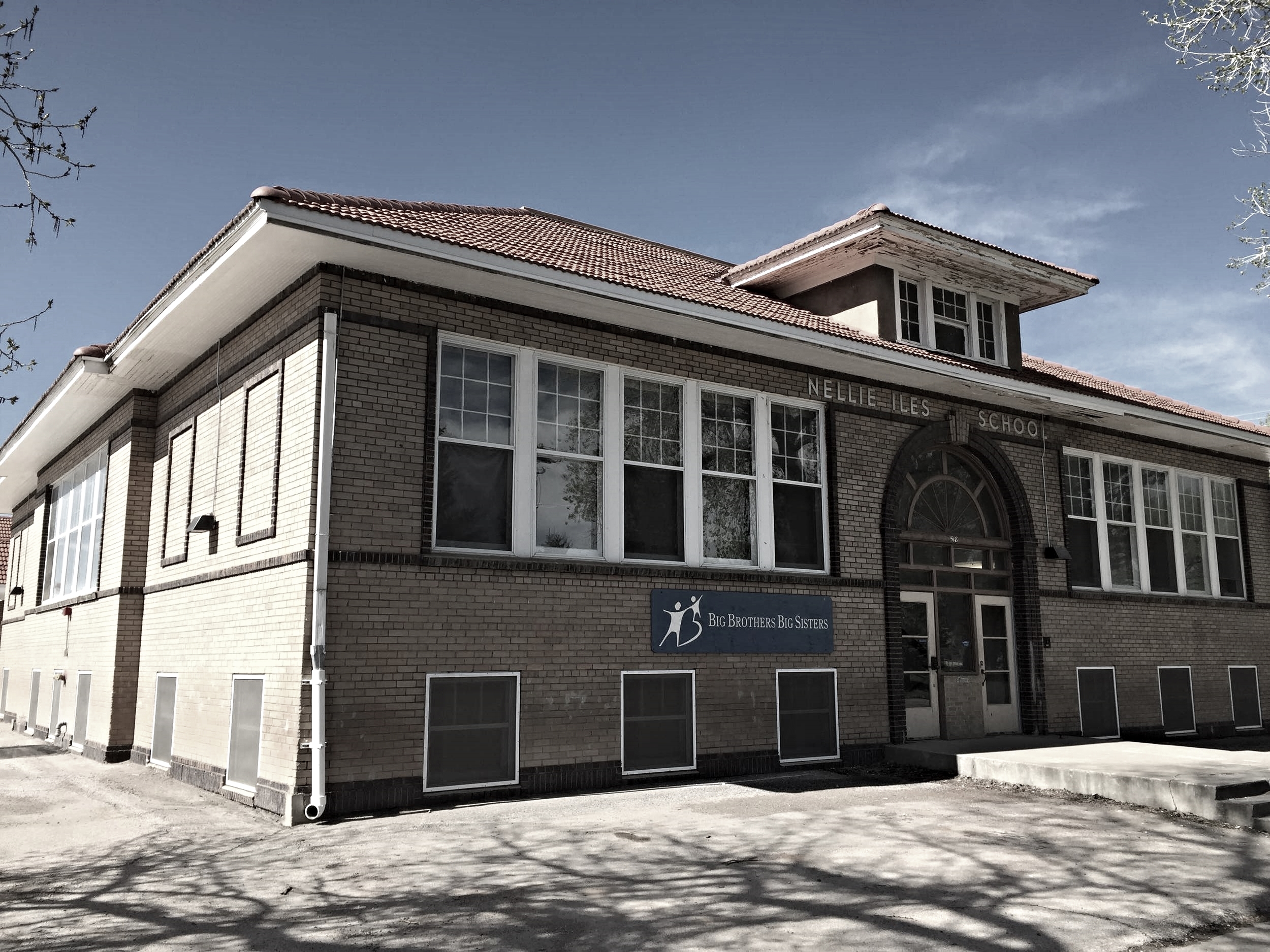BY LUKE ANDERSON
January 21, 2016
Wyoming has always been at the heart of the nation’s move west: the Oregon Trail (1841), California (1849), Mormon Pioneer (1847), the Pony Express (1860), the first transcontinental telegraph (1861) and the Overland Trail (1862). In 1862, the Pacific Railroad Act authorized land grants to ”aid in the construction of a railroad and telegraph line from the Missouri river to the Pacific ocean.” The route, across what is now southern Wyoming, paralleled the slower Overland Trail stagecoach. Some of the rough-and-tumble ”end-of-tracks” towns established every 50 miles as the work crews pushed westward grew up to be Cheyenne, Laramie, Rawlins and Rock Springs. On May 10, 1869, the rails of the crews pushing west joined those of the crews heading east at Promontory Point, UT, with the ceremonial driving of the Golden Spike.
This marker on Grand Avenue in Laramie indicates that the old Lincoln Highway used to run through the town on the same path.
The transcontinental railroad would permanently establish southern Wyoming as a transportation corridor west. In 1913, when Indiana entrepreneur, Carl Fisher, conceived and promoted the Lincoln Highway, one of the earliest transcontinental auto trails across the United States, there was little question that it would cross southern Wyoming. The large Robert Russin bust of Abraham Lincoln located at the rest area on I-80 just east of Laramie represents the highest point on the historic Lincoln Highway as well as the highest point on Interstate 80. Read board member Trish Ullery-Whitaker’s story on the summit here.
Interstate 80 now covers most of the old Lincoln Highway, and is still one of the primary routes connecting the western and eastern United States.
Today, most of the historic Lincoln Highway has been subsumed into Interstate 80. The interstate highway system was championed by President Dwight D. Eisenhower and authorized by the Federal Highway Act of 1956. I-80, the second longest limited access interstate highway in the U.S., runs from downtown San Francisco to Teaneck, NJ.
LIKE WHAT YOU JUST READ?
- Browse our archive of Historic Places and Spaces Profiles by clicking here.
- To learn about all of our campaigns and initiatives, click here.
- Subscribe to our newsletter to learn more about what’s going on in Wyoming.
- Donate or become a member to help us produce stories, organize events, and be a voice for preservation across the state.
- Like us on Facebook, and follow us on Twitter and Instagram to see our latest updates!




